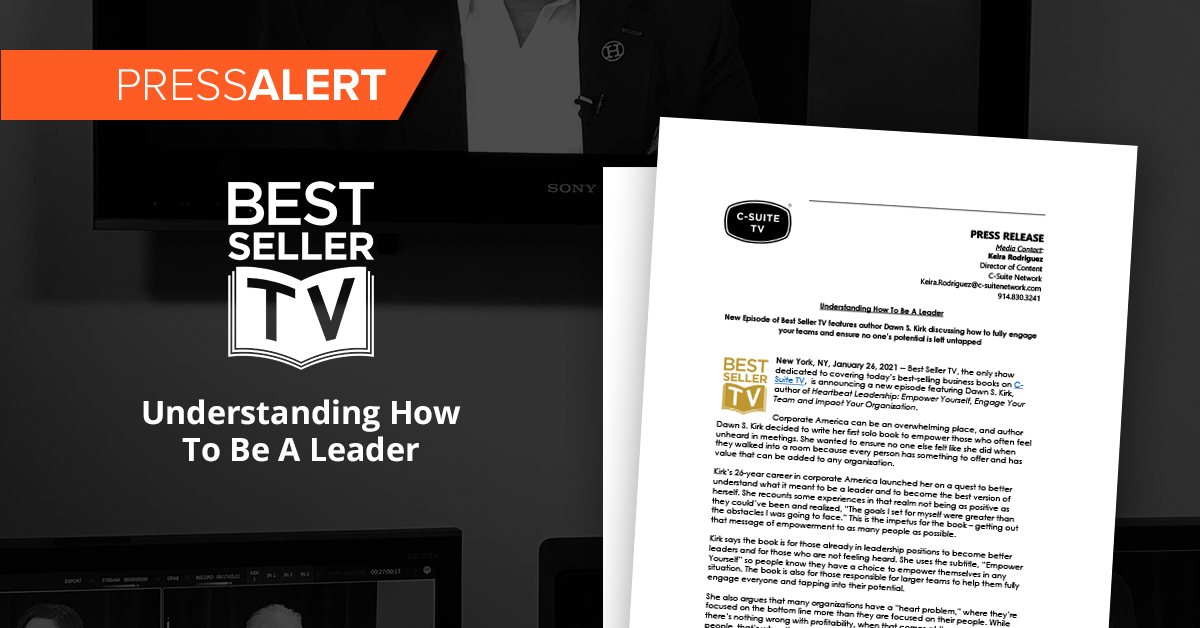
Intention vs. Impact
Intention vs. Impact https://csuiteold.c-suitenetwork.com/wp-content/uploads/2014/09/4139352539_472900065b_z-e1411070187116.jpg 600 429 C-Suite Network https://csuiteold.c-suitenetwork.com/wp-content/uploads/2014/09/4139352539_472900065b_z-e1411070187116.jpgby Lewis Denbaum

Sometimes your words do not have the impact you intend. When there is a disconnect between what you intend to communicate and the impact of your words, you are not communicating clearly, and this leads to problems in both business and social relationships. In good communication, the intention and impact are the same. In miscommunication, the intention is not the same as the impact. What are the best ways to communicate with your partner so your intentions are aligned with your impact?
After you speak, you will start to pick up verbal and non-verbal clues about the impact of your message. If you intended to communicate a positive message, but your partner has a pained expression, you may have been misinterpreted. For example, a colleague of mine once told me, “Oh, you’ve been putting in a lot of hours on the ABC Company proposal.” She intended it as a compliment, and I took it that way. I smiled and replied, “Yes, I’m glad to have the opportunity to work on it.”
But if I had replied angrily, “Hey, I’m doing my best here! It’s a bigger project than I anticipated,” then my colleague would have known that her intention did not match the impact on me. She would realize that her “positive” comment had been misinterpreted as complaining, and this had created tension in our relationship.
When you realize that your intention has not matched your impact, you need to do damage control. Before the miscommunication starts to spiral into an argument, check in with the listener. My colleague could say, “Lewis, when I said that, my intention was to appreciate you for all your hard work.” This would diffuse the argument and open the doors for me to clarify, “Oh, I thought you were complaining that I was taking too long to complete the proposal.” Now we could start having a calm and clear discussion.
Communication is a two-way street, and the recipient of a message is also responsible for checking in. If I hear a message that sounds negative, I can choose to stop and check in before lashing out. I could say to my colleague, “When you said that, I felt unappreciated. What did you intend?” This would gives my colleague the chance to clarify her intentions.
No one is perfect at communicating all the time. Language, along with cultural and personality differences, are just a few sources of “noise” in communication channels. Before you speak to your colleague, pause and ask yourself, “What is my intention? Will these words have the impact I want?” If not, re-word your sentence. If you do not see the reaction you expected, check in. Keep the communication flowing clearly to build a fulfilling business relationship.
*This post originally appeared on LewisDenbaum.com.
 Lewis Denbaum is the CEO, Chief Communication Consultant, Executive and Life Coach at Lewis Denbaum and Associates. He knows from firsthand experience that top-notch communicationskills are key to productivity, team building, employee satisfaction and company growth. He has developed and honed a range of effective communication techniques during his diverse career, spanning law and accounting, senior-level management, teaching and relationship coaching, that are applicable in any business environment. Connect with Lewis on LinkedIn, Google+ and Twitter @LewisDenbaum.
Lewis Denbaum is the CEO, Chief Communication Consultant, Executive and Life Coach at Lewis Denbaum and Associates. He knows from firsthand experience that top-notch communicationskills are key to productivity, team building, employee satisfaction and company growth. He has developed and honed a range of effective communication techniques during his diverse career, spanning law and accounting, senior-level management, teaching and relationship coaching, that are applicable in any business environment. Connect with Lewis on LinkedIn, Google+ and Twitter @LewisDenbaum.




